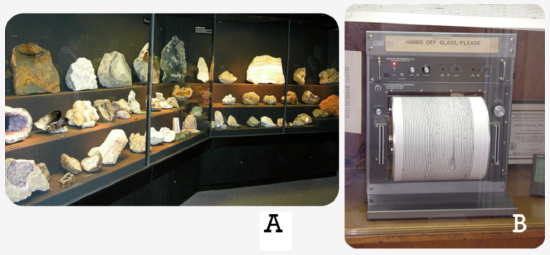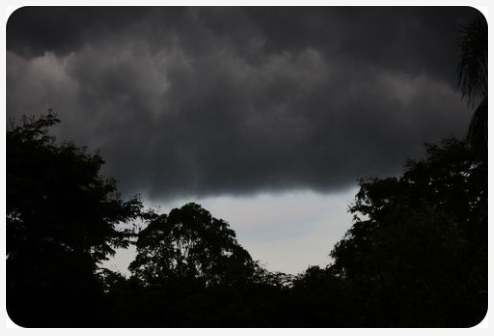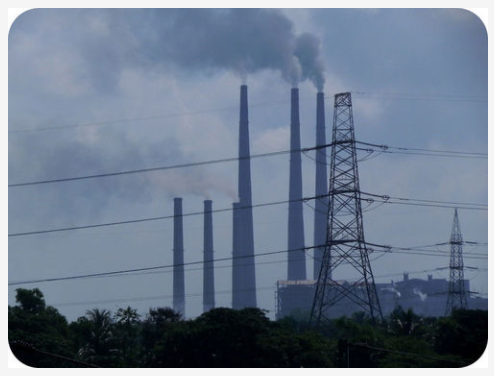1.3: The Science of Geology
- Page ID
- 2486
INTRODUCTION
Earth Science is the study of all aspects of our planet Earth. Earth Science is not just about the molten lava, icy mountain peaks, steep canyons and towering waterfalls of the continents. Earth Science includes the atmosphere and oceans. The field also looks out into the solar system, galaxy, and universe. Earth scientists seek to understand the beautiful planet on which we depend (figure 1).

Figure 1
Different branches of Earth Science study one particular part of Earth. Since all of the branches are connected, specialists work together to answer complicated questions. Let’s look at some important branches of Earth Science.
GEOLOGY
Geology is the study of the solid Earth. Geologists study how rocks and minerals form. The way mountains rise up is part of geology. The way mountains erode away is another part. Geologists also study fossils and Earth’s history. There are many other branches of geology. There is so much to know about our home planet that most geologists become specialists in one area. For example, a mineralogist studies minerals, as seen in (figure 2).

Figure 2. (A) Mineralogists focus on all kinds of minerals. (B) Seismographs are used to measure earthquakes and pinpoint their origins.
Some volcanologists brave molten lava to study volcanoes. Seismologists monitor earthquakes worldwide to help protect people and property from harm (figure 2). Paleontologists are interested in fossils and how ancient organisms lived. Scientists who compare the geology of other planets to Earth are planetary geologists. Some geologists study the Moon. Others look for petroleum. Still others specialize in studying soil. Some geologists can tell how old rocks are and determine how different rock layers formed. There is probably an expert in almost anything you can think of related to Earth!
Geologists might study rivers and lakes, the underground water found between soil and rock particles, or even water that is frozen in glaciers. Earth scientists also need geographers who explore the features of Earth’s surface and work with cartographers, who make maps. Studying the layers of rock beneath the surface helps us to understand the history of planet Earth (figure 3).

Figure 3. These folded rock layers have bent over time. Studying rock layers helps scientists to explain these layers and the geologic history of the area.
CLIMATOLOGY AND METEOROLOGY
Meteorologists don’t study meteors—they study the atmosphere! The word “meteor” refers to things in the air. Meteorology includes the study of weather patterns, clouds, hurricanes, and tornadoes. Meteorology is very important. Using radars and satellites, meteorologists work to predict, or forecast, the weather (figure 4).

Figure 4. Meteorologists can help us to prepare for major storms or know if it’s a good day for a picnic.
The atmosphere is a thin layer of gas that surrounds Earth. Climatologists study the atmosphere. These scientists work to understand the climate as it is now. They also study how climate will change in response to global warming.
The atmosphere contains small amounts of carbon dioxide. Climatologists have found that humans are putting a lot of extra carbon dioxide into the atmosphere. This is mostly from burning fossil fuels. The extra carbon dioxide traps heat from the Sun. Trapped heat causes the atmosphere to heat up. We call this global warming (figure 5).

Figure 5. Carbon dioxide released into the atmosphere is causing global warming.
LESSON SUMMARY
- Earth science includes many fields of science related to our home planet.
- Geology is the study of Earth’s material and structures and the processes that create them.
- Meteorologists study the atmosphere including climate and weather.
REFLECTION QUESTIONS
- What skill does this content help you develop?
- What are the key topics covered in this content?
- How can the content in this section help you demonstrate mastery of a specific skill?
- What questions do you have about this content?
Contributors and Attributions
Original content from Kimberly Schulte (Columbia Basin College) and supplemented by Lumen Learning. The content on this page is copyrighted under a Creative Commons Attribution 4.0 International license.

